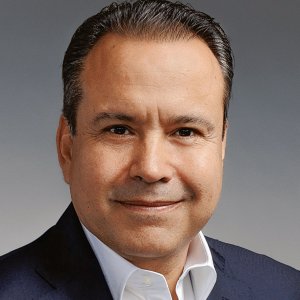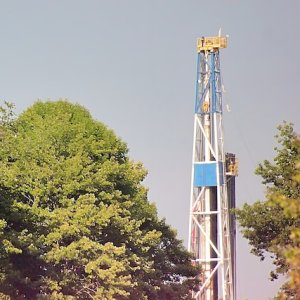The Importance of Constitutional Change

STORY INLINE POST
Q: Why were constitutional changes essential for the Energy Reform?
A: The Energy Reform has amended Article 27 and Article 28. We have to respect the constitution, but if the legal framework is not sustainable at the constitutional level it will not be sustainable at any other level either. The constitutional basis for a clear and strong legal framework will remove doubts about the financeability of projects, which in turn guarantees that they can be built and interconnected with the grid very quickly. A mass of projects being developed would lead to a boom in suppliers, the floating of stock, the issuing of securities, and the creation of jobs.
Q: What aspects do you think will need to be covered by secondary laws?
A: The current framework is too stringent and secondary laws could pose a threat to the energy industry if they are left unclear, as is currently the case. The secondary laws were likely drafted and negotiated along with the main text of the Energy Reform, and the issue now is to ensure that the Energy Reform and the secondary laws create a more level playing field.
Q: Is it beneficial for Mexico to split CFE and create an independent grid operator?
A: It depends on the economics. Duplicating the grid infrastructure would require a lot of resources, concessions and permits. When our clients tell us they want CFE’s authority to be divided, we tell them there are several ways of addressing this. Do they have the ability to pool together the resources of very large companies to finance this construction of an independent grid? If not, do they want the government to privatize the grid? Privatization of the grid is impossible for the foreseeable future. The opposition keeps talking about privatization but the Energy Reform is not about privatization. It is about opening an area of the economy up to the participation of private capital, both Mexican and foreign.
Off-takers are going down the self-supply route. The reason for self-supply is obvious, as the productivity of any type of plant can be geared to the needs of any participating company. In many cases our law firm is helping large companies that want to use renewable energy to do just that. However, this process still raises questions that need answering. First of all, the company has to determine how many megawatts it needs, which determines what permits it needs. Then we have to navigate the government’s central planning, which sets limits on the amount of energy a project can generate, or demands that it generate no less than a certain amount. Getting a private company to pledge to produce 100MW is a big commitment, which puts the private sector off. This is the type of centralized planning that should not be done through agencies like CFE. The government should observe how the market is working and create public policy based on those observations.
As for renewables, the world is passing CFE by, precisely because of the ways natural resources are increasingly being used and the fact that CFE views them as competition. Another problem is seen in the way CFE wheels its electricity and delivers it to off-takers. It has to deliver that energy at the price in the PPA and not at its own price. You have to wonder what kind of margin is being lost there.
Q: How do you see Mexico’s various renewable energy sources developing in the future?
A: All of them are the future. To unlock that future, technology is a great enabler, but you have to make sure that the right technology is being applied. If you look at the PV sector, the viable range for installations was between 0.5 and 3.5MW for several years. Now we are seeing 30MW projects, and we will soon have 100MW projects. However, I am concerned about the development of the wind industry since there have been a number of failures in areas with strong wind resources, mainly because of social problems and a lack of access to the grid. Today it is very difficult to design a wind project that can easily be connected to the Mexican grid. Geothermal energy is also going to have a great future, but the question remains how many exploratory wells companies can afford to drill. The state of biomass is surprising as it should have taken off by now, at least in Mexico City






















